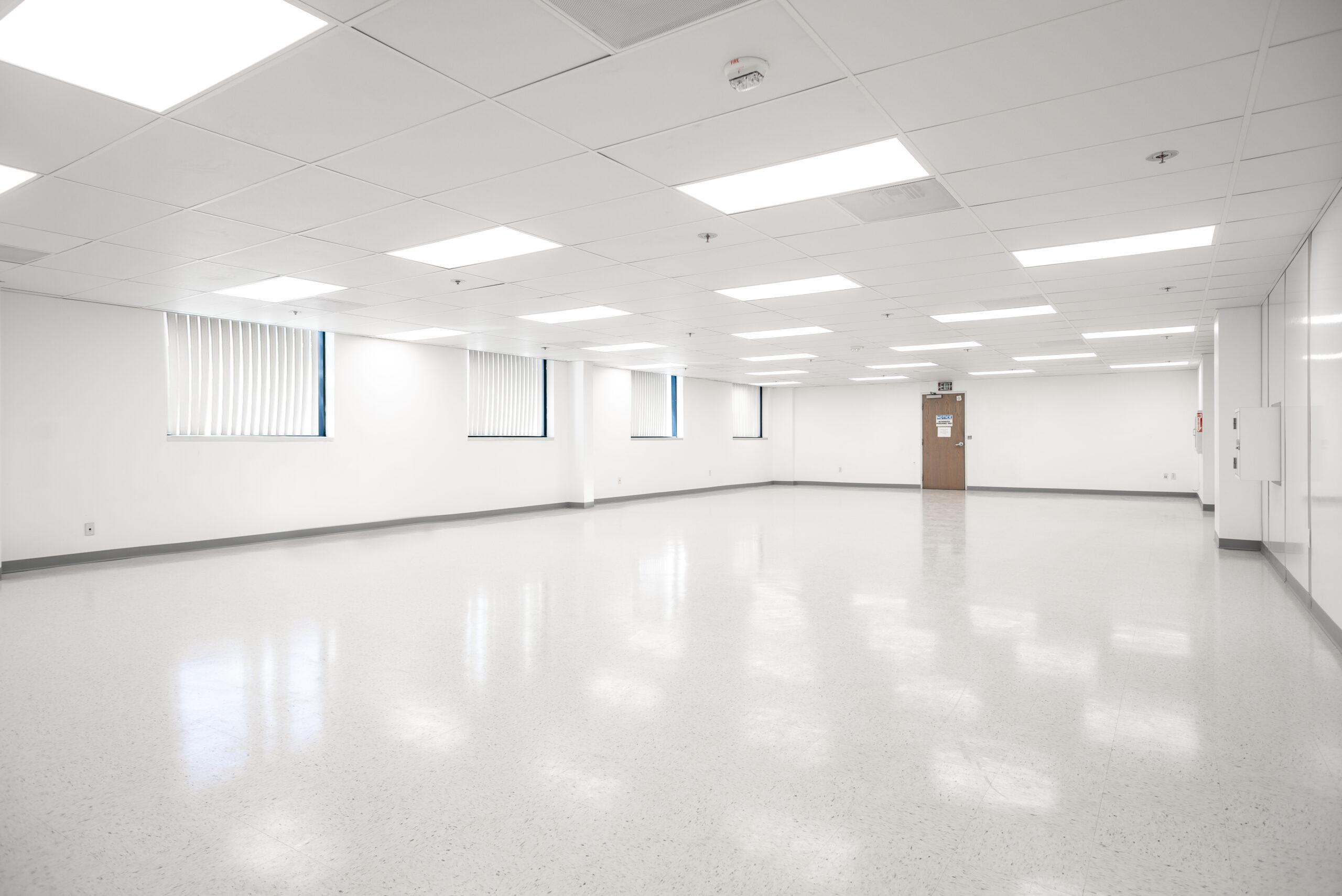
09 May Positive Air Pressure vs. Negative Air Pressure in Cleanrooms
Since the goal of a cleanroom is to control contamination, managing air pressure plays an important part in making sure that dangerous particles stay either in or out. In this article, we’ll explore how positive air pressure vs negative air pressure cleanrooms work, their applications, and their differences.
Understanding Positive Air Pressure in Cleanrooms
In a cleanroom with positive air pressure, the pressure inside the room is higher than the air outside of it. If there are any breaches or openings in the cleanroom, this higher pressure creates an outward flow that prevents contaminated air from entering.

How it Works
A cleanroom’s HVAC system pumps in filtered air at high speeds through HEPA or ULPA filters so that only clean air is supplied. This continuous supply of filtered air creates pressure inside the room, and this forces air outward in case of a breach, which, in turn, blocks contaminants from entering.
Applications of Positive Air Pressure Cleanrooms
- Operating rooms: During surgery, humans are much more liable to infections. Positive air pressure guards the patients from dangerous pathogens in hospital environments.
- Aerospace manufacturing: Some aerospace components, like GPS systems, can malfunction if exposed to a single particle. Positive pressure rooms prevent outside particles from creeping into the environment.
- Pharmaceutical manufacturing: In pharmaceutical manufacturing, positive air pressure cleanrooms prevent viable-particle contamination of drugs and vaccines.
Understanding Negative Air Pressure in Cleanrooms
In a cleanroom with negative air pressure, the air pressure inside the room is lower than the air outside of it. This difference creates an inward flow and keeps dangerous contaminants within the room. In other words, if a breach occurs, the air from the surrounding areas will flow into the negative pressure room, protecting adjacent rooms.

How it Works
In a negative pressure cleanroom, exhaust systems remove air, which creates a low pressure environment. This negative pressure, in turn, keeps dangerous particles from exiting the room.
Applications of Negative Air Pressure Cleanrooms
- Biosafety laboratories: High-risk pathogens are studied in these laboratories, so negative air pressure is necessary for preventing accidental releases and outbreaks.
- Isolation rooms: Negative pressure rooms can also protect patients from exposure to infections carried by other patients. For example, patients undergoing chemotherapy or radiation therapy are often isolated in these rooms.
- Pharmaceutical cleanrooms: These often require negative pressure so that hazardous products or substances do not hurt employees or consumers.
Comparing Positive vs. Negative Air Pressure in Cleanrooms
- Airflow and Pressure Gradients:
- Positive Air Pressure: Forces air out of the cleanroom.
- Negative Air Pressure: Draws air into the cleanroom.
- Purpose:
- Positive Air Pressure: Stops contaminants from entering the space.
- Negative Air Pressure: Keeps contaminants from leaving the space.
- Structural Requirements:
- Positive pressure rooms require high-quality air filtration systems.
- Negative pressure rooms need strong exhaust systems to maintain low pressure.
Mixed Pressure Rooms
Some cleanrooms require both positive and negative pressure zones. These are usually separated by airlocks or transition zones. For example, a pharmaceutical compounding cleanroom might have positive pressure areas relative to adjacent “dirty” or non-sterile zones, while other spaces might have negative pressure relative to anterooms or other areas where it’s important that hazardous chemicals or drugs do not escape.

The Bottom Line
Understanding how positive and negative air pressure works is important in creating and operating cleanroom environments. By choosing the right air pressure system and design, you can guard the safety, quality, and integrity of your products or processes. Looking to build a cleanroom or consult with experts? Allied Cleanrooms can help. Get a free quote today and talk to one of our engineers about your upcoming project.

